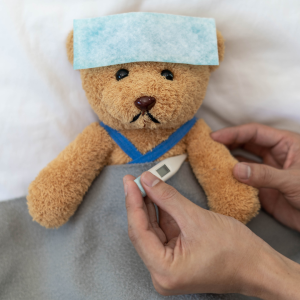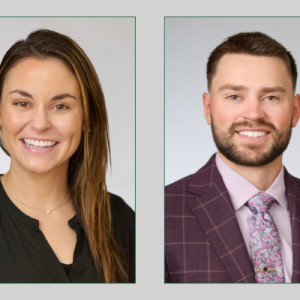News & Articles
Read the latest news, press releases, and information about providers, technological advances, services and programs at Southern New Hampshire Health.

Read the latest news, press releases, and information about providers, technological advances, services and programs at Southern New Hampshire Health.
Access photos and obtain facts and figures about Southern New Hampshire Health.
View Resources
Southern New Hampshire Health continues to earn accreditations, accolades, and awards.
View Our Awards
Our expert providers offer important health-related information on a variety of topics.
Listen Here

What Parents Need to Know About the 2025–2026 Influenza Season
January 16, 2026
Dr. Sharon Vuppula, a pediatric hospitalist at Southern New Hampshire Medical Center shares what parents should know about the 2025-2026 flu season, including symptoms, prevention, vaccination, and when to seek...

Protecting Kids from the Flu: Signs, Prevention, and What to Do
January 15, 2026
As a parent, keeping your child healthy is a top priority. With flu season upon us, it's crucial to be well-prepared. In this article, we'll cover the signs and symptoms of the flu in children, steps to take if...

9 Tips for Fighting Seasonal Affective Disorder (SAD)
January 15, 2026
1. Light Therapy (Phototherapy): Expose yourself to bright light, particularly in the morning. Light therapy boxes mimic natural sunlight and can be an effective treatment for SAD. Be certain to follow lightbox...

Southern New Hampshire Medical Center Ranked #1 Hospital in N.H. for Social Responsibility
January 14, 2026
Southern New Hampshire Health, a nonprofit health system, announced its Medical Center has been ranked the #1 hospital in New Hampshire for social responsibility by the Lown Institute Hospitals Index, a...

January Health Checklist for Men, Women, and Children
January 12, 2026
Start the new year with a January health checklist for men, women, and children. Learn which screenings and routine visits Southern New Hampshire Health providers recommend to support lifelong...
![Walk With Me: Supporting Patients Through Every Step of Care [OnCall with Southern New Hampshire Health]](https://www.snhhealth.org/application/files/thumbnails/list_view_thumbnail/4217/6799/0213/Copy_of_IKEPulse_banner_-__4.png)
Walk With Me: Supporting Patients Through Every Step of Care [OnCall with Southern New Hampshire Health]
January 9, 2026
In this episode of On Call with Southern New Hampshire Health, Rebecca Cooper Piela, Senior Vice President of Quality, Safety, and Accreditation and Chief Quality Officer, shares the inspiration behind Walk With...

Southern New Hampshire Health Welcomes Dr. Ciara Kazakis to Downtown Medical Associates and Christian Niles, PA-C to Foundation Orthopedics
December 18, 2025
Southern New Hampshire Health welcomes two new providers to the health system, Dr. Ciara Kazakis and Christian Niles, PA-C. Both of these Their expertise, dedication, and commitment to patient-centered care will...

Governor Kelly Ayotte Visits Southern New Hampshire Health to Discuss Future of Healthcare Across the Region
December 18, 2025
Governor Kelly Ayotte visited Southern New Hampshire Health for a roundtable discussion and tour focused on innovation, workforce growth, and expanding access to high-quality healthcare across the...

Now is Not the Time to Retreat from Vaccines
December 11, 2025
As a physician who has cared for thousands of patients across New Hampshire for more than three decades, and now serves as a chief medical officer, I write today because protecting our community has never mattered...

Southern NH Health Promotes Rebecca Cooper-Piela to Senior Vice President and Chief Quality Officer
December 9, 2025
Southern New Hampshire Health has promoted Rebecca Cooper-Piela, MS, APRN-BC, CHCQM, to Senior Vice President and Chief Quality Officer, overseeing quality, accreditation, regulatory, and population health...